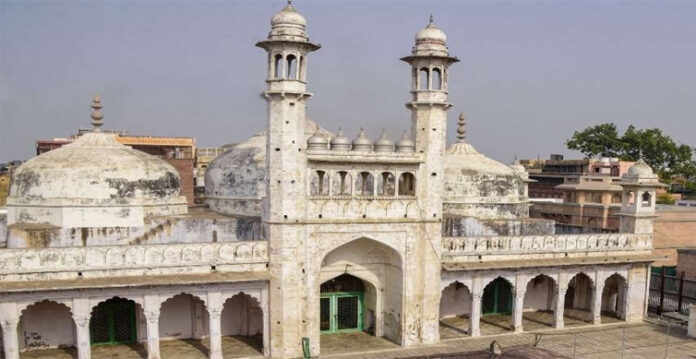Harihar Pandey, one of three plaintiffs in the 1991 civil suit (no.610/2991) seeking removal of the Gyanvapi mosque from ‘Adi Vishweshwar temple’ land, has died following a prolonged illness. He was 77.
Pandey’s son Karnshankar Pandey said his father’s condition had deteriorated due to infections. Two plaintiffs in the case Somnath Vyas and Prof Ramrang Sharma, have already died.
The case is being contested by advocate Vijay Shankar Rastogi as the ‘next friend’ of Swayambhu Jyotirlinga Bhagwan Vishweshwar.
Also Read: Court gives 10 more days to ASI to submit Gyanvapi survey report
On May 13th, 2022, Chief Justice of India N.V. Ramana agreed to list the Gyanvapi mosque case before a Bench presided over by Justices D.Y. Chandrachud. With this listing, political debates over the historical origins of places of worship have entered the Supreme Court once again.
The Gyanvapi mosque is located in Varanasi, Uttar Pradesh—and is a stone’s throw away from the famous Kashi Vishwanath temple. The present case dates back to August 2021, when five Hindu women affiliated with the Vishwa Vedic Sanatan Sangh filed a petition before a Varanasi Civil Court. Their request: permission to worship the Maa Shringar Gauri, Lord Ganesh, Lord Hanuman, and Nandi idols allegedly located inside Varanasi’s Gyanvapi mosque. They also sought to prevent any damage to these statues.
This legal and historical debate over the mosque’s origins first reached India’s legal corridors in 1991. Priests filed petitions at a Civil Court in Varanasi seeking to worship within the mosque. They argued that the mosque stood atop a demolished portion of the Kashi Vishwanath temple. The temple’s demolition was ordered by Mughal Emperor Aurangzeb (1618-1707), and the Gyanvapi mosque was subsequently built in 1669. In 1998, the Allahabad High Court stayed the proceedings.
While challenging these early petitions at lower courts and eventually at the Allahabad High Court, the Gyanvapi mosque’s Management Committee stated that a survey would violate Section 4 of the Places of Worship (Special Provisions) Act, 1991, which maintains that the character of a place of worship shall be determined as it was on August 15th 1947. The Act was passed in 1991 partially in response to the heightened politicization of the Babri Masjid-Ram Janma Bhoomi dispute at the time. S 3 criminalizes the conversion of a place of worship from one sect to another—however, s 5 specifically excludes the Babri Masjid dispute from these provisions.
(This story is sourced from a third-party syndicated feed. Raavi Media takes no responsibility or liability of any nature. Raavi Media management/ythisnews.com can alter or delete the content without notice for any reason.)


